People starting out as creatives always face a major hurdle in gaining the industry experience, insights and portfolio they need to help land their first major gig. But a new Macquarie University centre that supports the creative productions of its members and research students is changing that.
The Creative Documentary Research Centre (CDRC) brings together writers, filmmakers, dancers, performance artists and radio producers into a space where students and teachers can engage in real-world creative practice while gaining access to world-class facilities.
“The first thing I say to students on day one is, ‘Welcome to the industry’,” says Dr Karen Pearlman, writer, filmmaker and deputy director at the centre. “This is the first step in building your network, portfolio and career. If you work hard, treat everybody respectfully and learn the skills, then you’ll be able to realise your creative ideas.”
Students receive mentorship
Macquarie University students can undertake industry internships through the CDRC and immerse themselves in real-world documentary-making while they do their degree. Students receive mentorship from the documentary-focused research centre from academic staff and industry expert crews and professional staff.
The first thing I say to students on day one is ‘Welcome to the industry'.
CDRC members currently have five multi-award-winning screen documentaries streaming on public broadcasters, as well as documentary podcasts streaming on ABC Radio National and creative non-fiction books available in bookstores nationally.
“No other university can claim they have this level of industry integration,” says Pearlman, “and the creators of these works are the people students can expect to be taught by at Macquarie.”
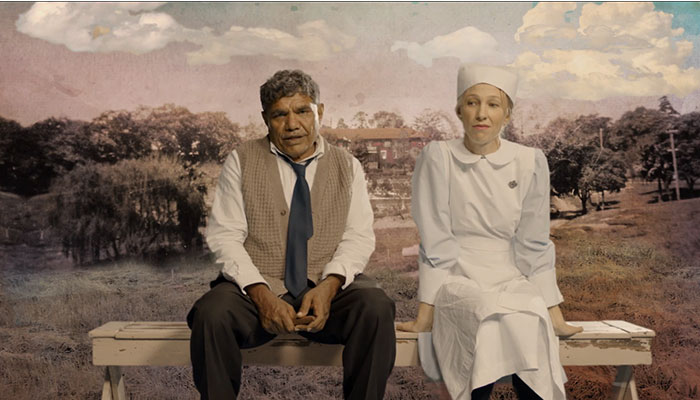
Action stations: Actors Balang Lewis and Sophie Gregg filming The Skin of Others on set at MQ University Studios.
Examples of works now available include This is Our School, The Skin of Others, and I Want To Make a Film About Women, on SBS On Demand, while Ablaze on ABC iview examines the career of Indigenous activist and filmmaker Bill Onus.
Industry-standard facilities
On campus, students, and the teams who are creating screen production projects, have access to the largest film studio of any tertiary institution in the southern hemisphere, equipped with the latest lighting, sound and camera equipment.
Audio documentary makers and radio/podcasting students work from its on-campus radio station 2SER with audio equipment for live broadcast, audio productions and podcasts.
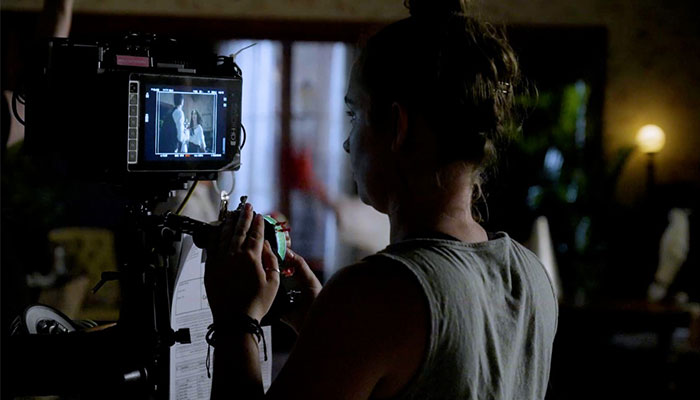
Sharing the spotlight: Students have the opportunity to work with professionals from the industry.
For performance, the Creative Arts at Macquarie has a drama theatre with a Black Box space, as well as a dance studio with a sprung floor and wrap-around screen to incorporate visual elements into a production.
A cross-disciplinary collaboration
In addition to working on the productions of lecturers and postgraduate students, undergraduates who are enrolled in a creative arts or media unit will also get the chance to create their own productions from concept to finished product in film, audio, performance or writing.
“We emphasise that creative practice is a form of research. It must be rigorous and generate new knowledge,” Pearlman says. "Your work should be wonderful to watch and filled with the excitement and energy of discovering new knowledge through creative means.”
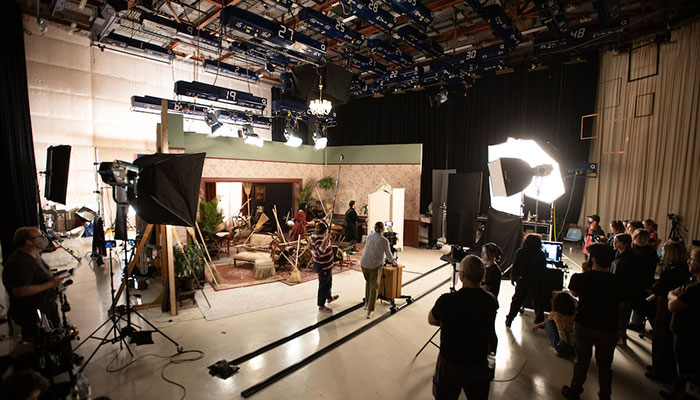
Sticking to the script: On the set of Breaking Plates at 10HA Screen Studio. Credit: Gary Compton/The Physical TV Company.
The CDRC includes more than 40 academic members from a variety of fields including history, anthropology, psychology, social science, Indigenous studies, law and philosophy.
Documentaries draw on university resources
Centre deputy director Bronwen Neil, Professor in the Department of History and Archaeology, explains how CDRC researchers often draw on historical objects, documents, film and audio footage that bring the past to life and these can reveal exciting insights.
Neil says the object that documents a story or a record of events can be just as important as the texts it contains. “An ancient manuscript can convey important information through the inks used in the writing and decoration of the text, or the doodles and drawings in the margins.”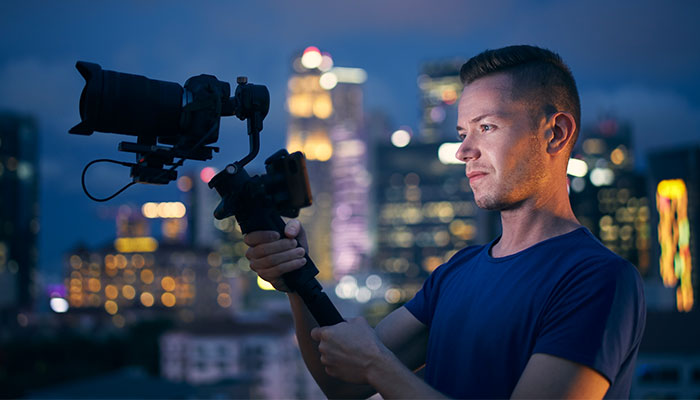
World-leading facility: The CDRC puts students on the pathway to develop skills and gain experience.
Associate Professor Tom Murray, the Centre’s director and a film producer, director and screenwriter, says the CDRC environment empowers students to experiment with new ways of storytelling. This is particularly poignant, he says, when federal and state government funders have neglected the arts for more than a decade.
“With the CDRC, we want to provide an intellectual and creative environment that encourages deep, reflective, poetic and innovative work that can extend the national discourse, and develop creative scholars and creative arts-makers for the future,” Murray says.
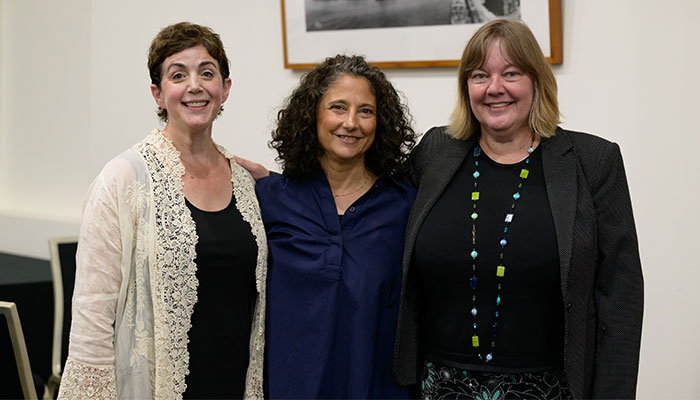
Fueling creativity in education: Kate Rossmanith, Karen Pearlman and Bronwen Neil, three of the four Creative Documentary Research Centre directors (Associate Professor Tom Murray was absent during the photo shoot).
Associate Professor Kate Rossmanith, deputy director of the centre, whose research explores narrative, emotion and enactment in criminal justice processes, says CDRC offers students a unique opportunity to break free from the constraints of traditional scholarly writing.
“They can explore how documentary writing forms – such as narrative non-fiction, memoir, essay, poetry, ethnography and reportage – can uniquely capture new knowledge,” she says.
Dr Karen Pearlman is an Associate Professor in Screen Practice and Production, Department of Media, Communications, Creative Arts, Language and Literature, Macquarie University. Dr Pearlman is also a director of The Physical TV Company.
Professor Tom Murray is an ARC Future Fellow, in the Department of Media, Communications, Creative Arts, Language and Literature, Macquarie University.
Associate Professor Kate Rossmanith, ARC Future Fellow, is in the Department of Media, Communications, Creative Arts, Language and Literature, Macquarie University.
Professor Bronwen Neil is a Professor in the Department of History and Archaeology, Macquarie University.



